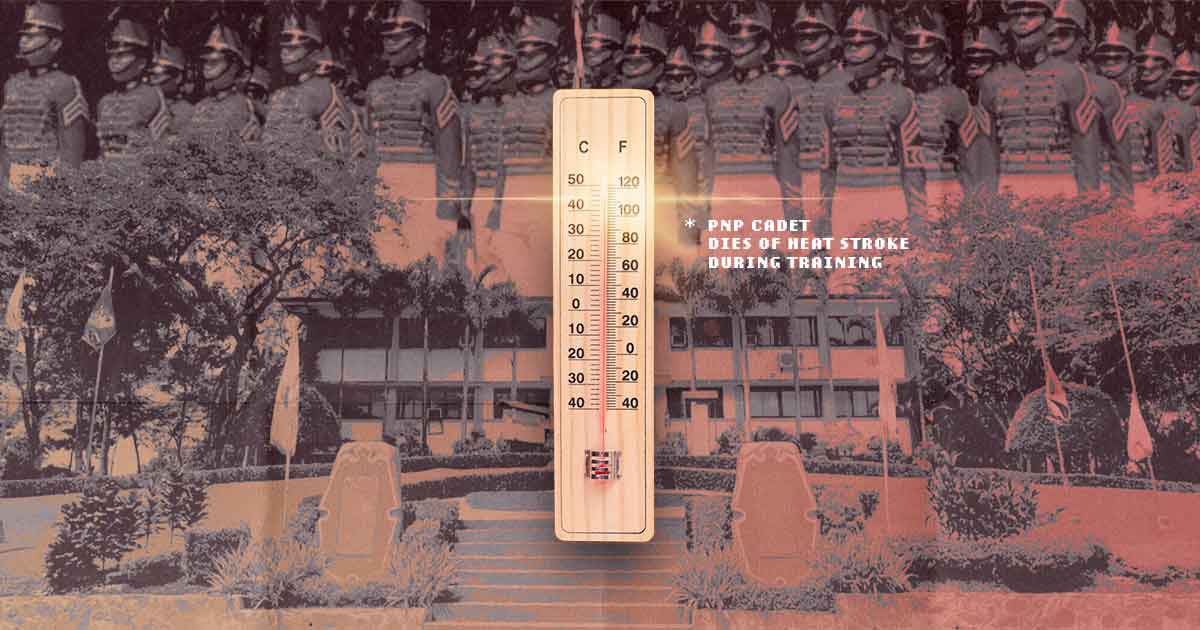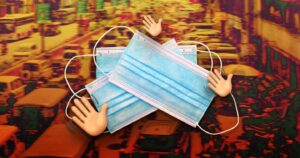Zamboanga-born Sakkam was from the Class of 2026. He passed away on June 18.
On June 21st, the Philippine National Police Academy (PNPA) announced a cadet’s passing. Cadet Rafael Sakkam died of heat stroke while undergoing training in Silang, Cavite.
Rafael Sakkam and his medical issues
Sakkam died on June 18th after a prolonged confinement. Last June 7th, he lost consciousness during an afternoon run. The PNPA took him to Qualimed Hospital in Sta. Rosa, Laguna. Sakkam then had cardiac arrest and wound up in the ICU (intensive care unit). Days later, he passed away.
In a statement, the PNP confirmed that heat stroke was the cause of Sakkam’s death. They cited his doctors’ final diagnosis and medical certificate as proof. In so doing, they contradicted an earlier report by the Calabarzon police.
The Commandant and Tactics Group has taken steps to prevent similar incidents. The PNPA implemented measures to guarantee the hydration of cadets during summer training. Those measures are part of their attempt to put cadets’ safety and wellbeing first.
The PNPA gave Sakkam and his family their full support. Not only during his entire hospital stay but until his burial. The latter was done in accordance with Islamic traditions.
At a press briefing, PNP spokesperson Col. Jean Fajardo talked about the academy. He said all aspiring cadets had to undergo a stringent admissions process. Part of that process involved a medical exam.
“Ipapa-check natin kung may condition ‘yung bata bago pumasok sa academy,” he said.
With regards to Sakkam’s family, the PNPA says they’re asking for privacy. The PNPA is also calling out social media pages spreading fake news about the death.
Anyone can get heat stroke
It’s not exclusive to cadets or people undergoing physical training in general. People can get heat stroke regardless of age, gender, or level of exertion. Prevent it by wearing sunscreen and staying hydrated, especially in particularly warm environments.
If you can skip or cancel the outdoor activity you were planning to do because of hot weather, follow your gut!
First aid can be applied before rushing a person to the hospital for heat stroke. Ice isn’t the best option either. Don’t use it on kids, the elderly, or those with chronic ailments. It’s also not advisable for people whose heat stroke wasn’t caused by exercise. But young, healthy people who get exertional heat stroke should get an ice bath.
Treatment options include:
- Applying ice packs to key points including the groin, back, armpits and neck.
- Fanning air over the person while wetting their skin. You can do that with a hose, shower, or by wiping them down with a wet cloth.
- Immersing the patient in cool water through a bathtub or something makeshift.
Heat stroke is serious, so you should do everything you can to guard against it.
Featured Image Daniella Sison






















